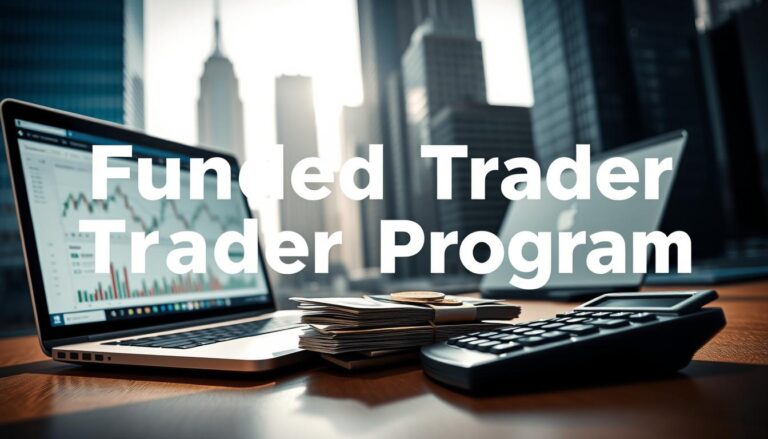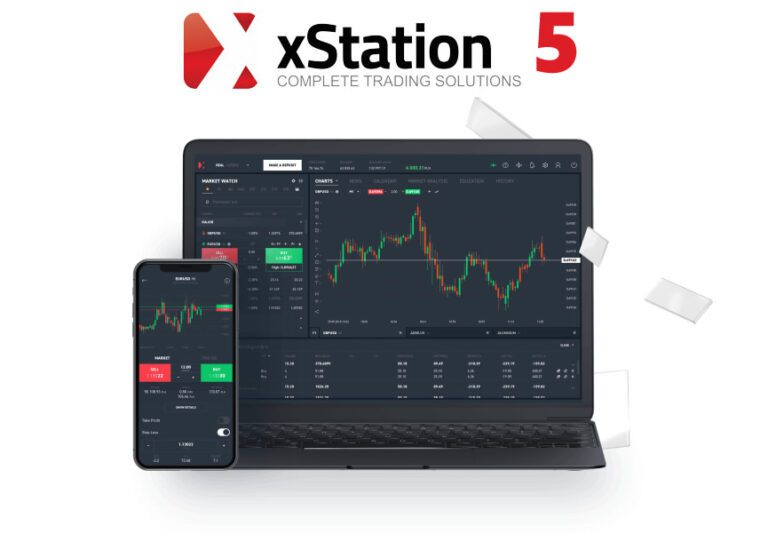Understanding FundedNext Spreads: What Traders Need to Know
Dear FundedNext Trader,
Let us discuss the concept of spreads, a critical aspect of trading that warrants your attention. While you may have encountered spreads during your trading activities, it is essential to comprehend their implications on your trading outcomes.
Spreads play a pivotal role in determining your profitability. They are not merely numerical figures displayed on a trading interface; they represent a fundamental aspect of informed trading. Understanding the differences between fixed, variable, and ECN spreads equips traders with a valuable tool in their trading strategy.
Consider this: Have you ever questioned why your profit margins did not align with your expectations? Often, spreads could be a contributing factor. If not carefully monitored, they can adversely impact your financial gains.
The positive aspect is that by mastering the concept of spreads, you can leverage them to your benefit. This shift in perspective enables you to identify opportunities where others may perceive challenges.
What Are FundedNext Spreads?

Let us clarify what FundedNext spreads entail.
When engaging in trading on the FundedNext platform, you encounter two key prices: the bid price, which denotes the maximum amount a buyer is willing to pay, and the ask price, which indicates the minimum price a seller will accept. The interval between these two prices represents the spread.
These spreads are specific to FundedNext, a proprietary trading firm that finances trader accounts. They vary based on market conditions, asset liquidity, and the asset being traded.
Why should this be a point of concern? Simply put, these spreads directly influence your trading costs and potential earnings. When initiating or closing a position, you will encounter them. Wider spreads result in higher costs, while tighter spreads yield more favorable trading conditions.
A key consideration is to factor in spreads when strategizing your trades and estimating potential profits. Be aware that FundedNext’s spreads may not align with those offered by other brokers or platforms; thus, understanding their pricing structure is crucial.
Types of Spreads Offered
Let us explore the various types of spreads available on FundedNext. They hold considerable significance in trading, and understanding the distinctions can enhance your trading effectiveness.
FundedNext offers a variety of spread types to accommodate diverse trading styles and requirements. The choice of spread can substantially impact your expenses and revenue potential, making it advisable to familiarize yourself with them.
The types of spreads provided by FundedNext include:
- Fixed Spreads: These remain constant regardless of market volatility, offering predictability.
- Variable Spreads: These fluctuate in response to market conditions, providing variability in trading costs.
- ECN Spreads: Typically tighter and clearer, these spreads reflect live market pricing.
- Commission-Based Spreads: These offer lower spreads at the cost of a transaction fee per trade.
Each spread type has its own benefits. Fixed spreads provide stability but may incur higher costs during volatile periods. Variable spreads can yield cost savings; however, the unpredictability can be challenging. ECN spreads often present more competitive pricing but may require a higher trading volume.
Calculating FundedNext Spreads

Understanding the calculation of FundedNext spreads may initially appear daunting; however, it can be demystified.
Start by familiarizing yourself with the base spread, which FundedNext typically provides for each currency pair. However, be aware that additional spreads may apply under certain market conditions or trading hours.
To determine your effective spread, simply add the base spread to any supplementary spread. For instance, if the base spread for EUR/USD is 1 pip with an additional 0.5 pip applicable during peak hours, your total spread would amount to 1.5 pips.
It is also essential to consider the type of account you possess, as different account tiers may offer varying spreads. Premium accounts often benefit from more advantageous terms compared to standard accounts.
Lastly, consider the impact of leverage. It can exacerbate the effect of spreads on your overall trading costs. It’s advisable to utilize a spread calculator or the analytical tools provided by your platform before executing any trades. Your future self will undoubtedly appreciate this foresight!
Impact on Trading Strategies
Elevating your trading capabilities requires an understanding of the influence of FundedNext spreads on your trading costs and potential profits.
Adapting your strategies to account for spreads is imperative. Consider the following key factors:
- Timing: Wider spreads may necessitate careful consideration of when to enter or exit trades.
- Stop-Loss Orders: The spread can impact your stop-loss levels; thus, it is crucial to set them judiciously to avoid premature exits.
- Profit Targets: Review your profit objectives to ensure they remain achievable after accounting for spreads.
- Trading Frequency: Wider spreads may warrant a focus on fewer, more strategically advantageous trades.
Spreads are more than mere statistics; they significantly influence your overall profitability. It is worthwhile to assess your current trading approach. Are you sufficiently factoring in the implications of spreads?
Optimizing Spread Management
Effective management of spreads is crucial to achieving success with FundedNext. To enhance your approach, select appropriate trading instruments, time your trades strategically, and capitalize on market volatility. Always monitor spread fluctuations, particularly during significant economic events or news releases.
Understanding how spreads influence your profit potential and risk exposure is fundamental. Employ limit orders to control your entry and exit points, thereby mitigating the impact of widening spreads.
Here are some strategies for optimizing spread management:
| Strategy | Benefit | Risk |
|---|---|---|
| Scalping | Quick profits | Higher transaction costs |
| Swing Trading | Lower spread impact | Extended market exposure |
| News Trading | Potential for large moves | Unpredictable spreads |
| Pair Trading | Reduced market risk | Correlation breakdown |
| Algorithmic Trading | Consistent execution | Technical glitches |
To further improve your spread management skills, review your previous trades for spread-related losses. Understanding patterns can inform the refinement of your strategies and help establish effective stop-loss and take-profit levels.
Remember, proficient spread management is not merely about minimizing costs; it is about enhancing the efficiency and profitability of your trading endeavors within the FundedNext framework. With diligence and perseverance, you will enhance your ability to manage spreads effectively and improve your trading results.





